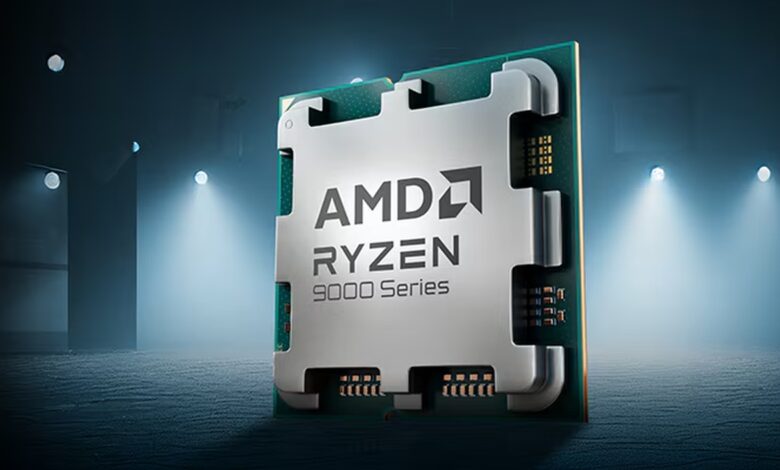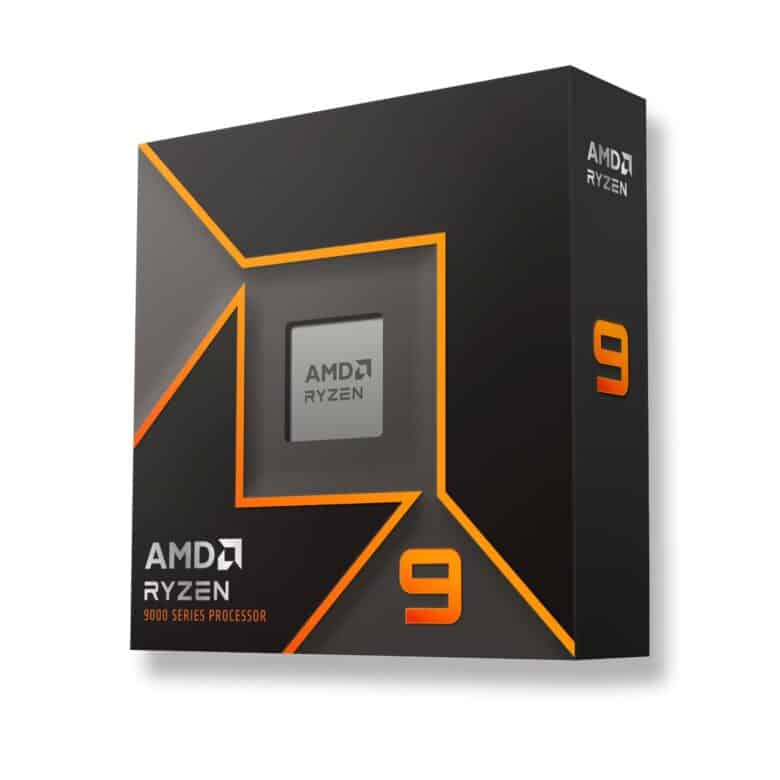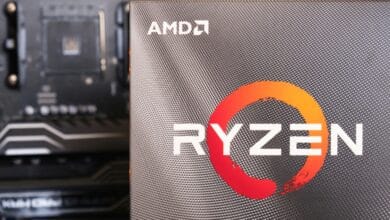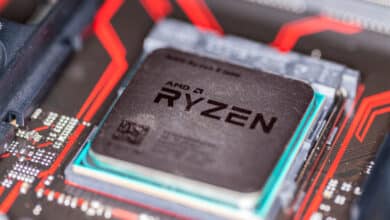
With the latest firmware updates, AMD is taking the performance of the Ryzen 9000 series to a new level. The new BIOS versions AGESA PI 1.2.0.2. not only bring an increase in Thermal Design Power (TDP) for selected processors, but also significant improvements in core-to-core latency. These updates promise better performance in demanding applications and games, especially for users who want to get the most out of their hardware.
Important improvements at a glance:
- BIOS firmware AGESA PI 1.2.0.2 brings core-to-core latency improvements for Ryzen 9000 processors.
- TDP increase to 105W for Ryzen 9600X and 9700X without loss of warranty.
- Improved performance for multi-threaded applications and certain gaming scenarios.
- Support for DDR5-8000 EXPO memory with optimized latency.
Increased TDP for Ryzen 9600X and 9700X
One of the key highlights of the new BIOS update is the ability to increase the TDP for the Ryzen 5 9600X and Ryzen 7 9700X processors to 105W without voiding the warranty. These processors were originally designed for a TDP of 65W, which offers efficient performance with moderate energy consumption. However, with the new BIOS update, the processors can be operated at 105W, which leads to a significant increase in performance, especially in multi-threaded workloads.
The increase of the TDP to 105W has already been validated since the release of the processors, so there is no risk of overloading the processors beyond their design limits.
Users can simply activate this mode in the BIOS and only need to ensure that appropriate cooling is provided to cope with the increased heat dissipation. This increase in performance offers a noticeable advantage, especially in applications that use many cores and threads, and can also bring slight performance gains in less heavily loaded applications.
Improved core-to-core latencies for the Ryzen 9 9000 series
Another central point of the BIOS update is the optimization of the core-to-core latency for the AMD Ryzen 9 9000 processors. Previously, some multi-CCD models in the series had slightly increased latencies due to several transaction steps during data exchange between the cores, which could have a negative impact on performance in special scenarios. With the new AGESA PI 1.2.0.2 firmware, AMD has halved the number of transactions required, which significantly reduces latency.

This improvement is particularly evident in heavily loaded games that use many threads without triggering core parking. In lab tests, games such as Metro Exodus, Starfield and Borderlands 3 were able to benefit from these optimizations, which can lead to a smoother display and improved frame rates. Synthetic benchmarks such as 3DMark Time Spy also show measurable performance gains, which will appeal to enthusiasts and gamers in particular.
Support for DDR5-8000 EXPO memory
In addition to the processor improvements, the update also brings support for higher clocked DDR5-8000 EXPO memory. This memory optimization enables a 1 to 2 nanosecond reduction in latency compared to DDR5-6000, which is particularly noticeable in latency-sensitive applications and games. While DDR5-8000 memory is not suitable for all users, it is an attractive option for overclockers and enthusiasts who want to push their systems to the limit.
With PCIe Gen 5 support for both graphics cards and NVMe storage, the new AMD X870 and X870E motherboards provide a future-proof platform for the next generation of high-performance hardware. These new motherboards also come with USB4 and improved overclocking features to get the most out of the new Ryzen processors.
Conclusion
The new firmware updates for AMD Ryzen 9000 processors offer an impressive range of performance improvements that will appeal to enthusiasts, gamers and professional users in particular. You can read more about the update and the improvements on the AMD blog.

